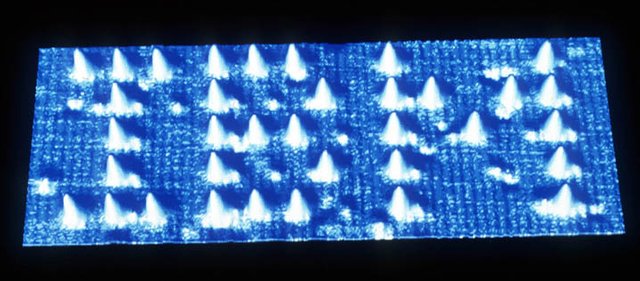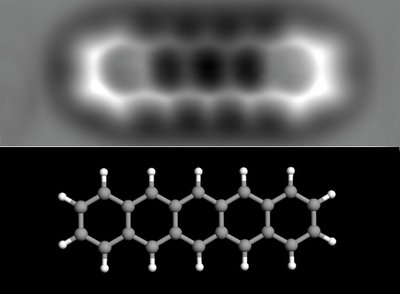Can atoms be seen?
The answer is yes, the atoms can be visualized at present, through scanning electron microscopes based on the tunnel effect and atomic force microscopes. These different techniques will be described in this publication.

Tunnel Effect Microscope

Atomic Force Microscope (AFM)

References
Paredes, J. I., Villar-Rodil, S., Solís-Fernández, P., Martínez-Alonso, A., & Tascon, J. M. D. (2009). Atomic force and scanning tunneling microscopy imaging of graphene nanosheets derived from graphite oxide. Langmuir, 25(10), 5957-5968. ISO 690.
Do a post on Scanning Electron Microscopes. I have used AFMs and the SEM at my old school. Was awesome I built a whole website to record my process and images.
Thank you for reading this post. It's cool that you liked it. I will take your proposal to make a post dedicated exclusively to Scanning Electron Microscopes. Sure, the experience you had in your school was wonderful, maybe you can share it with us in your blog, I hope to see you soon. Regards.
Yeah!!! AFM !!!
I read the "image" about pentacene like 10 years ago in a local news paper!
That is really amazing to see these technological developments
(And I am actually quite shock that that was done by IBM lol)
Yes, these images have some years. It is impressive as the IBM, has been able to contribute to the technological development. My favorite image is the IBM logo made with xenon on nickel. It's good that you liked this post. I hope to see you soon.